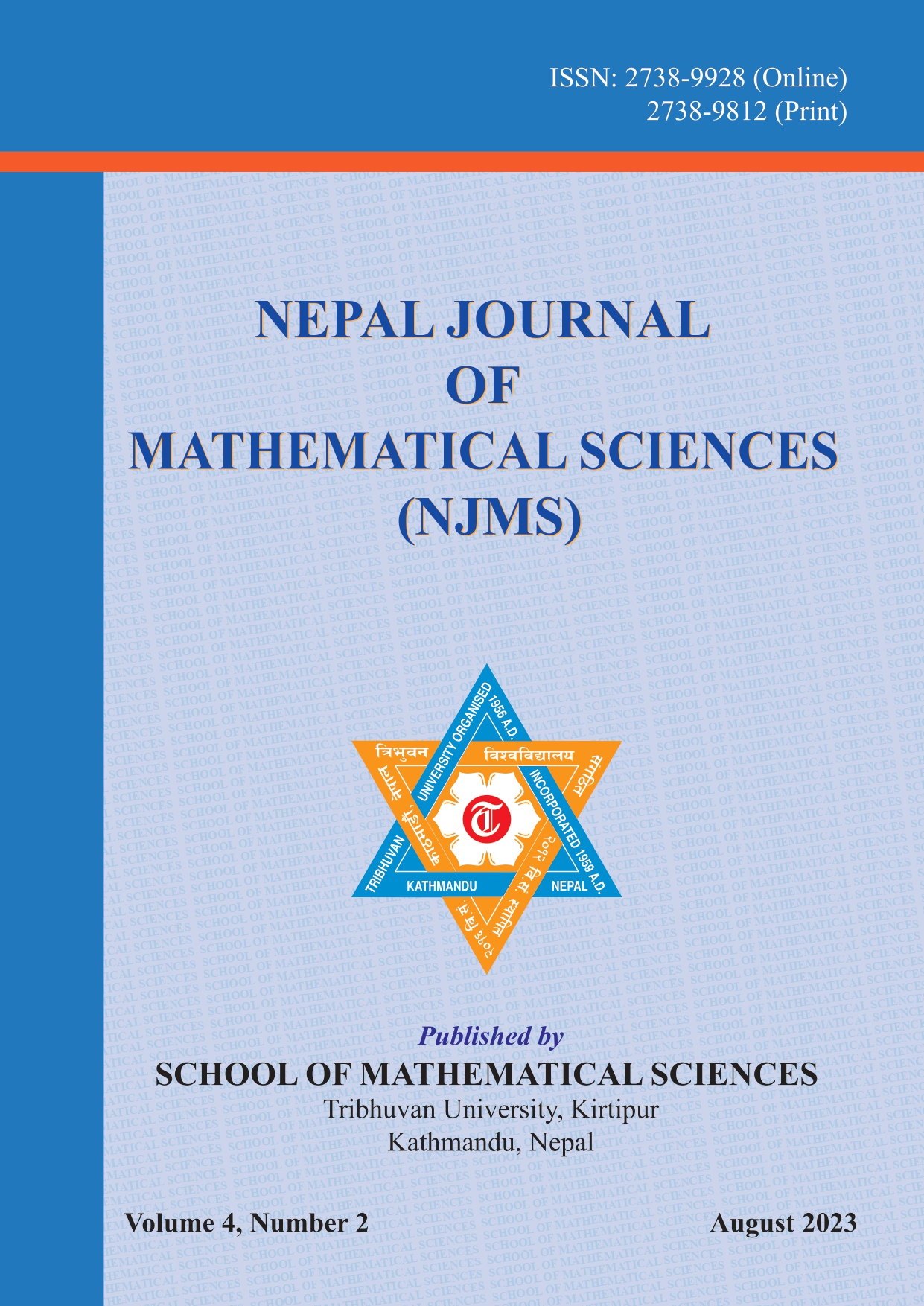Numerical Analysis of Fractional-Order Diffusion Equation
DOI:
https://doi.org/10.3126/njmathsci.v4i2.59538Keywords:
Fractional derivative, Riemann-Liouville (R-L) derivative, Caputo derivative, natural transform, Adomian decomposition, Fractional diffusionAbstract
Abstract: Fractional diffusion equations serve as fundamental tools for addressing the non-local properites and long range memory effects that observed in diffusion processes within complex media. This works focuses on solving non-integer order (fractional) diffusion equations by employing the natural decomposition approach which gives the solution in series form. Some numerical examples of one dimensional and two dimensional fractional order diffusion equations are presented to demonstrate its application and obtained solutions are interpreted with the help of the computational software. Compared to other analytical and numerical techniques, the fractional natural decomposition method demonstrates advantages such as reduced computational complexity and faster convergence. Additionally, it can also be readily applied to address linear as well as non-linear problems. The application of natural decomposition approach to solve non-integer order (fractional) diffusion equations provides the most comprehensive understanding of the anomalous diffusion process occurring within complex media, as the fractional model accurately captures the non-local properties and long-range memory effects associated with such processes. To support the technique, we have taken into account a few problems and analyzed their solution by fractional natural decomposition method (FNDM) with solutions for the classical diffusion equations.
Downloads
Downloads
Published
How to Cite
Issue
Section
License
© School of Mathematical Sciences, Tribhuvan University

